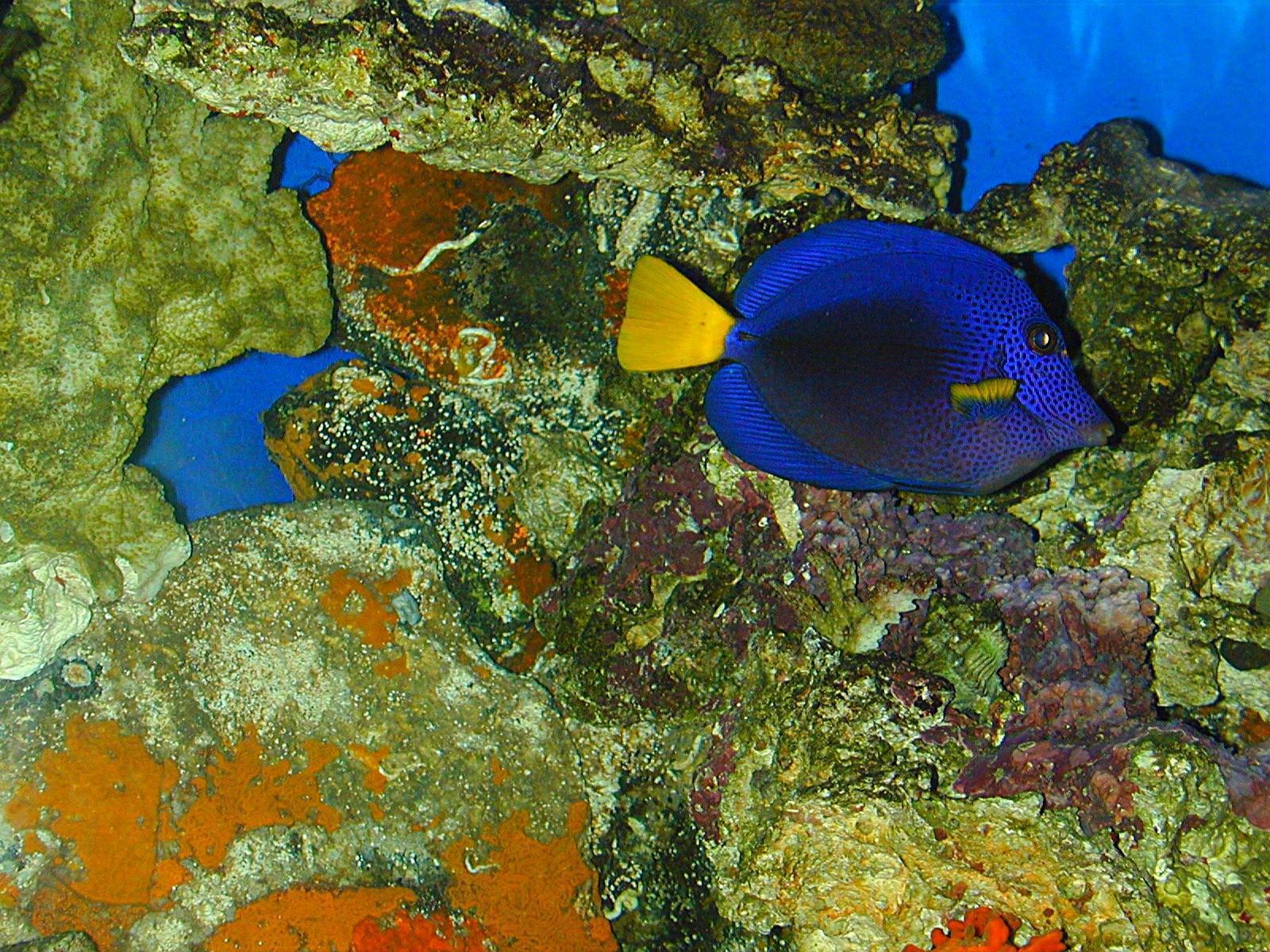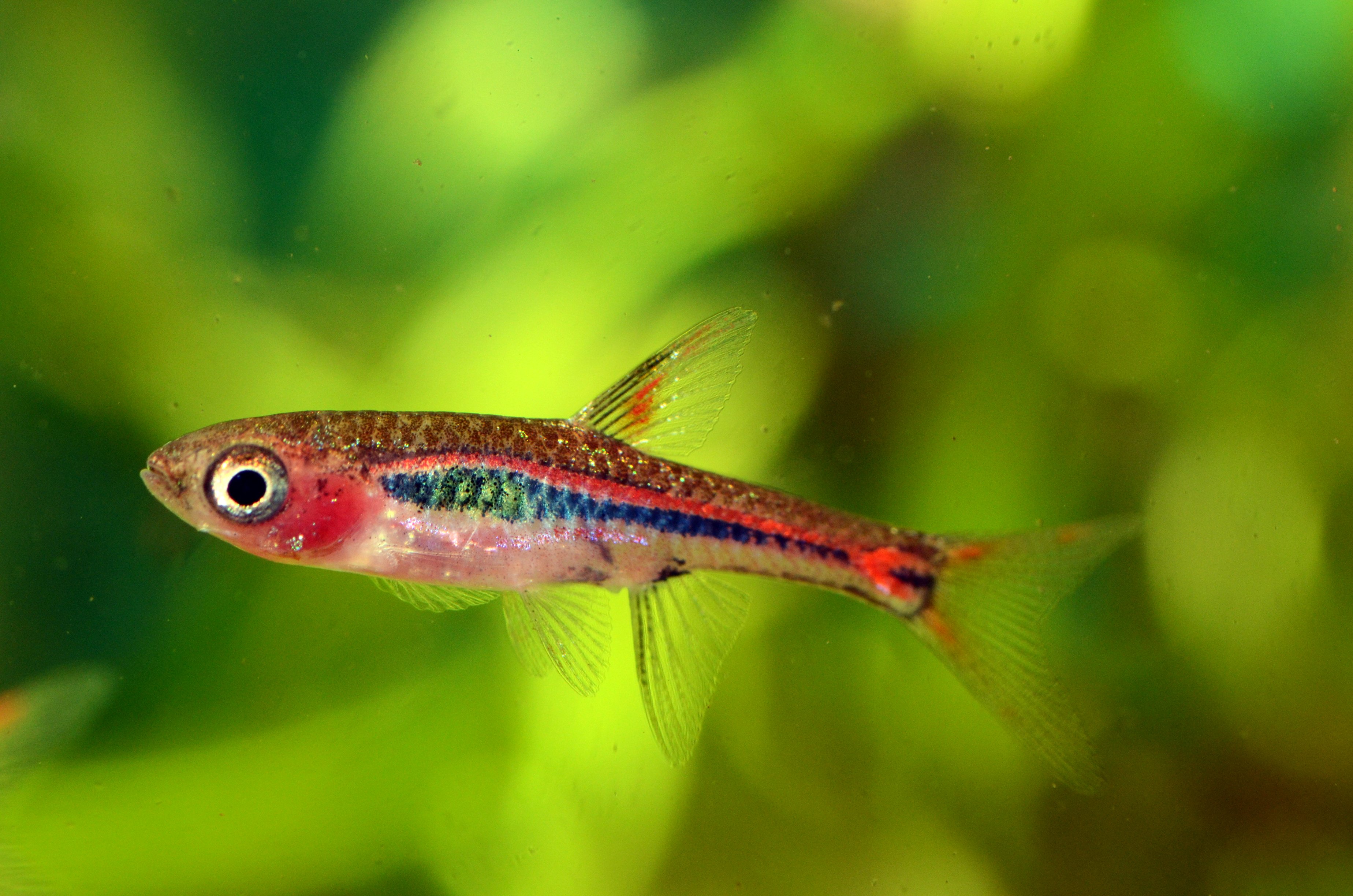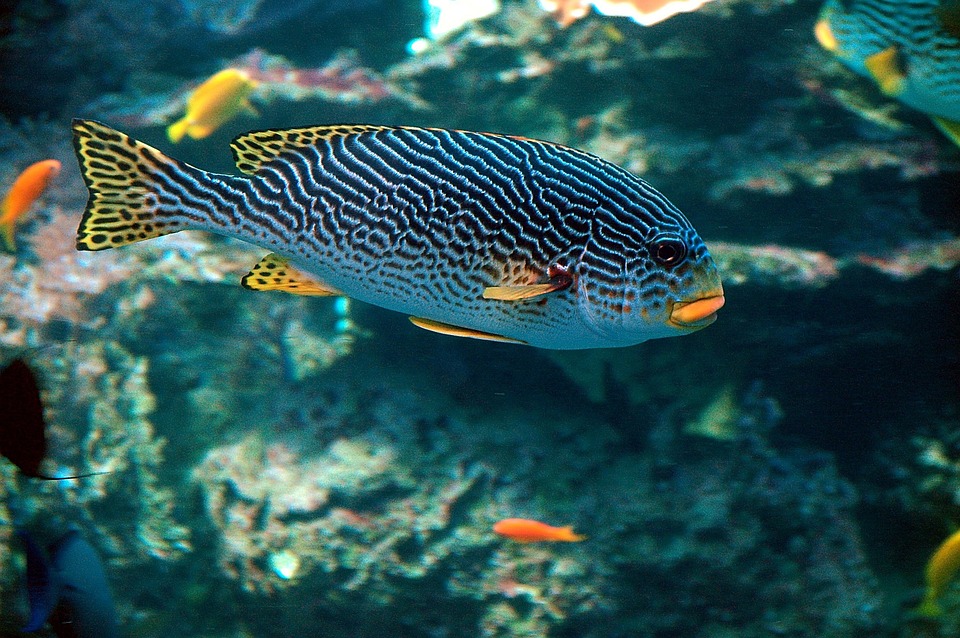All Categories
Featured
Table of Contents
- – The Ultimate Guide to Mastering the Art of Tro...
- – Creating the Ideal Environment
- – Tank Size and Capacity
- – Tank Decor
- – Filtration Systems
- – Regular Maintenance
- – The Captivating Display
- – What are the ideal water temperature and pH l...
- – What factors should I consider when choosing ...
- – What type of filtration system should I use f...
- – Introduction
- – Creating the Ideal Environment
- – Choosing the Right Tank Decor
- – Implementing Proper Filtration Systems
- – Maintenance Techniques for a Thriving Tank
- – A Captivating and Tranquil Display
- – What are the ideal water temperature and pH l...
- – What are the different types of filtration sy...
- – How often should I perform partial water chan...
- – Choosing the Right Fish for Your Tropical Fish...
- – Tank Size and Capacity
- – Tank Decor
- – Filtration Systems
- – Maintenance
- – How many fish can I keep in my tropical fish ...
- – How often should I clean my tropical fish tank?
- – How do I choose the right fish species for my...
- – Tropical Fish Tanks: Unlock the World of Tro...
The Ultimate Guide to Mastering the Art of Tropical Fish Tanks
Tropical fish tanks are a popular choice for aquarium enthusiasts due to their vibrant and diverse range of species. These tanks recreate the natural habitat of tropical fish and provide a visually stunning addition to any space. In this ultimate guide, we will explore everything you need to know about mastering the art of tropical fish tanks. From creating the ideal environment to maintaining the tank, we will cover it all.
Creating the Ideal Environment
One of the key aspects of maintaining a tropical fish tank is creating the ideal environment for the fish to thrive. This involves careful consideration of factors such as water temperature, pH levels, and filtration systems.
Most tropical fish require a water temperature of around 75-82 degrees Fahrenheit, and a pH level between 6.5 and 7.5. It is important to monitor and maintain these parameters regularly to ensure the optimal conditions for the fish.
When setting up a tropical fish tank, it is crucial to choose the right location. Avoid placing the tank near direct sunlight or drafts, as these can cause fluctuations in temperature and water quality. Additionally, ensure that the tank is placed on a sturdy and level surface to prevent any accidents.
Tank Size and Capacity
Tropical fish tanks can be set up in various sizes, depending on the owner's preferences and available space. Larger tanks are generally easier to maintain as they provide a more stable environment for the fish. It is important to consider the number of fish and their size when determining the tank capacity. Overcrowding can cause stress and lead to various health issues among the fish.
When selecting the tank size, keep in mind the future growth of the fish. Certain species can grow quite large and may require a spacious tank to accommodate their needs. Research the specific requirements of the fish species you intend to keep to ensure they have ample space to swim and grow.
Tank Decor
The tank decor plays a crucial role in creating a natural and visually appealing environment for the fish. Natural elements such as rocks, plants, and driftwood are commonly used to mimic the fish's natural habitat. These not only provide hiding places and a sense of security for the fish but also enhance the overall aesthetics of the tank.
Live plants can also act as natural filters, aiding in maintaining water quality. They absorb harmful nitrates and provide oxygen, creating a healthy and balanced ecosystem within the tank. However, keep in mind that some fish species may nibble on live plants, so choose species that are compatible.
When choosing tank decor, consider the specific needs of your fish species. Some fish prefer open spaces to swim, while others prefer densely planted areas. Research the natural habitat and behavior of your fish to create a setup that suits their needs.
Filtration Systems
Proper filtration is crucial for the health of the fish and the overall cleanliness of the tank. There are various types of filtration systems available, including mechanical, chemical, and biological filters.
Mechanical filters remove particles and debris from the water, ensuring it stays clean and clear. Chemical filters, on the other hand, remove toxins and odors, keeping the water safe for the fish. Biological filters aid in maintaining the nitrogen cycle, converting harmful ammonia into less harmful compounds.
It is recommended to have a combination of these filtration systems to effectively maintain water quality. The type and size of the filtration system required depend on the size of the tank and the number of fish. Regular cleaning and maintenance of the filters are essential to ensure their optimal performance.
Regular Maintenance
Regular maintenance is essential to keep the tropical fish tank in optimal condition. This includes partial water changes, cleaning the tank and equipment, and monitoring the fish for any signs of illness or distress.
Water changes should be done regularly to remove accumulated waste and maintain water quality. Typically, a 20% water change every two weeks is recommended. Use a dechlorinator to neutralize any harmful chemicals present in tap water before adding it to the tank.
Cleaning the tank involves removing any uneaten food, debris, and algae. Use a gravel vacuum to siphon the substrate and remove any accumulated waste. Clean the tank walls with an algae scraper or sponge. Remember to clean the filter media regularly as well to prevent clogs and maintain its efficiency.
In addition to regular maintenance, it is important to monitor the fish for any signs of illness or distress. Look out for symptoms such as loss of appetite, abnormal behavior, or changes in appearance. Promptly address any issues by consulting an experienced aquarium professional or veterinarian.
The Captivating Display
Tropical fish tanks offer a captivating and tranquil display of the underwater world. The vibrant colors, unique shapes, and graceful movements of the fish create a mesmerizing spectacle that can be enjoyed by both children and adults alike.
With proper care and attention, tropical fish tanks can provide a rewarding hobby for aquarium enthusiasts. It is vital to research and understand the specific needs of the fish species being kept to ensure their well-being and longevity in the tank.
Remember to enjoy the process of setting up and maintaining your tropical fish tank. It is a hobby that requires patience, dedication, and a genuine love for these beautiful aquatic creatures. As you delve deeper into the art of tropical fish tanks, you will discover new species, techniques, and possibilities to further enhance the beauty of your underwater oasis.
What are the ideal water temperature and pH levels for a tropical fish tank?
What factors should I consider when choosing the tank size for my tropical fish?
What type of filtration system should I use for my tropical fish tank?

Introduction
Tropical fish tanks are a popular choice for aquarium enthusiasts due to their vibrant and diverse range of species. These tanks recreate the natural habitat of tropical fish and provide a visually stunning addition to any space. In this article, we will take you on a visual journey around tropical fish tanks, exploring the wonders they offer and providing insights on how to create and maintain a thriving aquatic ecosystem.
Creating the Ideal Environment
One of the key aspects of maintaining a tropical fish tank is creating the ideal environment for the fish to thrive. This involves careful consideration of factors such as water temperature, pH levels, and filtration systems.
Most tropical fish require a water temperature of around 75-82 degrees Fahrenheit, and a pH level between 6.5 and 7.5. Regular water testing and adjustments are necessary to ensure the optimal conditions for the fish.
Tropical fish tanks can be set up in various sizes, depending on the owner's preferences and available space. Larger tanks are generally easier to maintain as they provide a more stable environment for the fish. It is important to consider the number of fish and their size when determining the tank capacity. Overcrowding can cause stress and lead to various health issues among the fish.
Choosing the Right Tank Decor
In terms of tank decor, natural elements such as rocks, plants, and driftwood are commonly used to mimic the fish's natural habitat. These not only provide hiding places and a sense of security for the fish but also enhance the overall aesthetics of the tank. Live plants can also act as natural filters, aiding in maintaining water quality.
When selecting tank decor, it is crucial to consider the specific needs of the fish species being kept. Some fish may prefer a heavily planted tank, while others may require more open spaces for swimming. Researching the natural habitat and behavior of the fish will help in creating an environment that closely matches their needs.
Implementing Proper Filtration Systems
Proper filtration is crucial for the health of the fish and the overall cleanliness of the tank. There are various types of filtration systems available, including mechanical, chemical, and biological filters.
Mechanical filters remove particles and debris from the water, preventing them from affecting water quality and aquatic life. Chemical filters use activated carbon or other substances to remove toxins and odors, ensuring a clean and odor-free environment. Biological filters aid in maintaining the nitrogen cycle, converting harmful ammonia produced by fish waste into less harmful compounds.
It is important to regularly clean and maintain the filtration system to ensure optimal performance. This involves replacing filter media, monitoring water flow, and conducting routine maintenance tasks as recommended by the manufacturer.
Maintenance Techniques for a Thriving Tank
Regular maintenance is essential to keep the tropical fish tank in optimal condition. This includes partial water changes, cleaning the tank and equipment, and monitoring the fish for any signs of illness or distress.
Partial water changes help maintain water quality by diluting accumulated toxins and replenishing essential minerals. It is recommended to perform a water change of around 25% every 2-4 weeks, depending on the tank size and stocking levels.
Cleaning the tank and equipment involves removing algae, debris, and uneaten food. Regularly inspecting the tank for any signs of damage or leaks is also important to prevent any potential issues.
Monitoring the fish for signs of illness or distress allows for early detection and intervention. Common signs of fish health problems include changes in appetite, abnormal swimming behavior, or physical abnormalities. Prompt action should be taken to address any health concerns and ensure the well-being of the fish.
A Captivating and Tranquil Display
Tropical fish tanks offer a captivating and tranquil display of the underwater world. With proper care and attention, they can provide a rewarding hobby for aquarium enthusiasts. It is vital to research and understand the specific needs of the fish species being kept to ensure their well-being and longevity in the tank.
By creating the ideal environment, choosing the right tank decor, implementing proper filtration systems, and practicing regular maintenance techniques, you can enjoy the wonders of tropical fish tanks and create a visually stunning aquatic ecosystem.
What are the ideal water temperature and pH levels for tropical fish tanks?
What are the different types of filtration systems used in tropical fish tanks?
How often should I perform partial water changes in my tropical fish tank?

Choosing the Right Fish for Your Tropical Fish Tank
Tropical fish tanks are a popular choice for aquarium enthusiasts due to their vibrant and diverse range of species. These tanks recreate the natural habitat of tropical fish and provide a visually stunning addition to any space.
One of the key aspects of maintaining a tropical fish tank is creating the ideal environment for the fish to thrive. This involves careful consideration of factors such as water temperature, pH levels, and filtration systems. Most tropical fish require a water temperature of around 75-82 degrees Fahrenheit, and a pH level between 6.5 and 7.5. Regular water testing and adjustments are necessary to ensure the optimal conditions for the fish.
Tank Size and Capacity
Tropical fish tanks can be set up in various sizes, depending on the owner's preferences and available space. Larger tanks are generally easier to maintain as they provide a more stable environment for the fish. It is important to consider the number of fish and their size when determining the tank capacity. Overcrowding can cause stress and lead to various health issues among the fish.
Tropical Fish Tanks come in different sizes and shapes. It's important to choose a tank that suits your space and budget, but also provides enough room for the fish to swim and explore. A general rule of thumb is to allocate 1 gallon of water per inch of fish. However, some species may require more space, so it's best to research the specific needs of the fish you intend to keep before selecting a tank.
Tank Decor
In terms of tank decor, natural elements such as rocks, plants, and driftwood are commonly used to mimic the fish's natural habitat. These not only provide hiding places and a sense of security for the fish but also enhance the overall aesthetics of the tank. Live plants can also act as natural filters, aiding in maintaining water quality.
When choosing tank decor, it's important to consider the needs of the species you plan to keep. Some fish may prefer heavily planted tanks with lots of hiding spots, while others may require open swimming areas. Research the specific habitat preferences of the fish you are interested in and create an environment that meets their needs.
Filtration Systems
Proper filtration is crucial for the health of the fish and the overall cleanliness of the tank. There are various types of filtration systems available, including mechanical, chemical, and biological filters. Mechanical filters remove particles and debris from the water, while chemical filters remove toxins and odors. Biological filters aid in maintaining the nitrogen cycle, converting harmful ammonia into less harmful compounds.
When selecting a filtration system, consider the size of your tank and the needs of the fish you plan to keep. Some fish produce more waste than others and may require a more powerful filter. It's also important to regularly clean and maintain the filtration system to ensure it continues to function effectively.
Maintenance
Regular maintenance is essential to keep the tropical fish tank in optimal condition. This includes partial water changes, cleaning the tank and equipment, and monitoring the fish for any signs of illness or distress. Fish should be fed a balanced diet, and overfeeding should be avoided to prevent water pollution.
Additionally, it's important to test the water regularly for key parameters such as ammonia, nitrite, nitrate, and pH levels. These tests can help identify any imbalances in the tank and allow for timely adjustments to maintain the ideal conditions for the fish.
Remember that each fish species has specific care requirements, and it's essential to research and understand their needs before adding them to your tropical fish tank. Consulting with knowledgeable aquarium professionals or joining online forums and communities can provide valuable insights and advice.
Tropical fish tanks offer a captivating and tranquil display of the underwater world. With proper care and attention, they can provide a rewarding hobby for aquarium enthusiasts. It is vital to research and understand the specific needs of the fish species being kept to ensure their well-being and longevity in the tank.
How many fish can I keep in my tropical fish tank?
How often should I clean my tropical fish tank?
How do I choose the right fish species for my tropical fish tank?
Tropical Fish Tank Equipment: Discover the Thriving World of Tropical Fish Tanks: Fascinating Facts and Tips

Tropical Fish Tank Equipment Discover the Thriving World of Tropical Fish Tanks: Fascinating Facts and Tips
More about Tropical Fish Tanks: Trending Posts
Tropical Fish Tanks: Unlock the World of Tropical Fish Tanks: A Step-by-Step Guide
Discover the Thriving World of Tropical Fish Tanks: Fascinating Facts and Tips
© 2023 - Tropical Fish Tanks All Rights Reserved.
Table of Contents
- – The Ultimate Guide to Mastering the Art of Tro...
- – Creating the Ideal Environment
- – Tank Size and Capacity
- – Tank Decor
- – Filtration Systems
- – Regular Maintenance
- – The Captivating Display
- – What are the ideal water temperature and pH l...
- – What factors should I consider when choosing ...
- – What type of filtration system should I use f...
- – Introduction
- – Creating the Ideal Environment
- – Choosing the Right Tank Decor
- – Implementing Proper Filtration Systems
- – Maintenance Techniques for a Thriving Tank
- – A Captivating and Tranquil Display
- – What are the ideal water temperature and pH l...
- – What are the different types of filtration sy...
- – How often should I perform partial water chan...
- – Choosing the Right Fish for Your Tropical Fish...
- – Tank Size and Capacity
- – Tank Decor
- – Filtration Systems
- – Maintenance
- – How many fish can I keep in my tropical fish ...
- – How often should I clean my tropical fish tank?
- – How do I choose the right fish species for my...
- – Tropical Fish Tanks: Unlock the World of Tro...
Latest Posts
Diagnosis Techniques in Neurological Disorders
Declutter with Purpose: Building a Sustainable Wardrobe
LEGO Icons Natural History Museum Review
More
Latest Posts
Diagnosis Techniques in Neurological Disorders
Declutter with Purpose: Building a Sustainable Wardrobe
LEGO Icons Natural History Museum Review